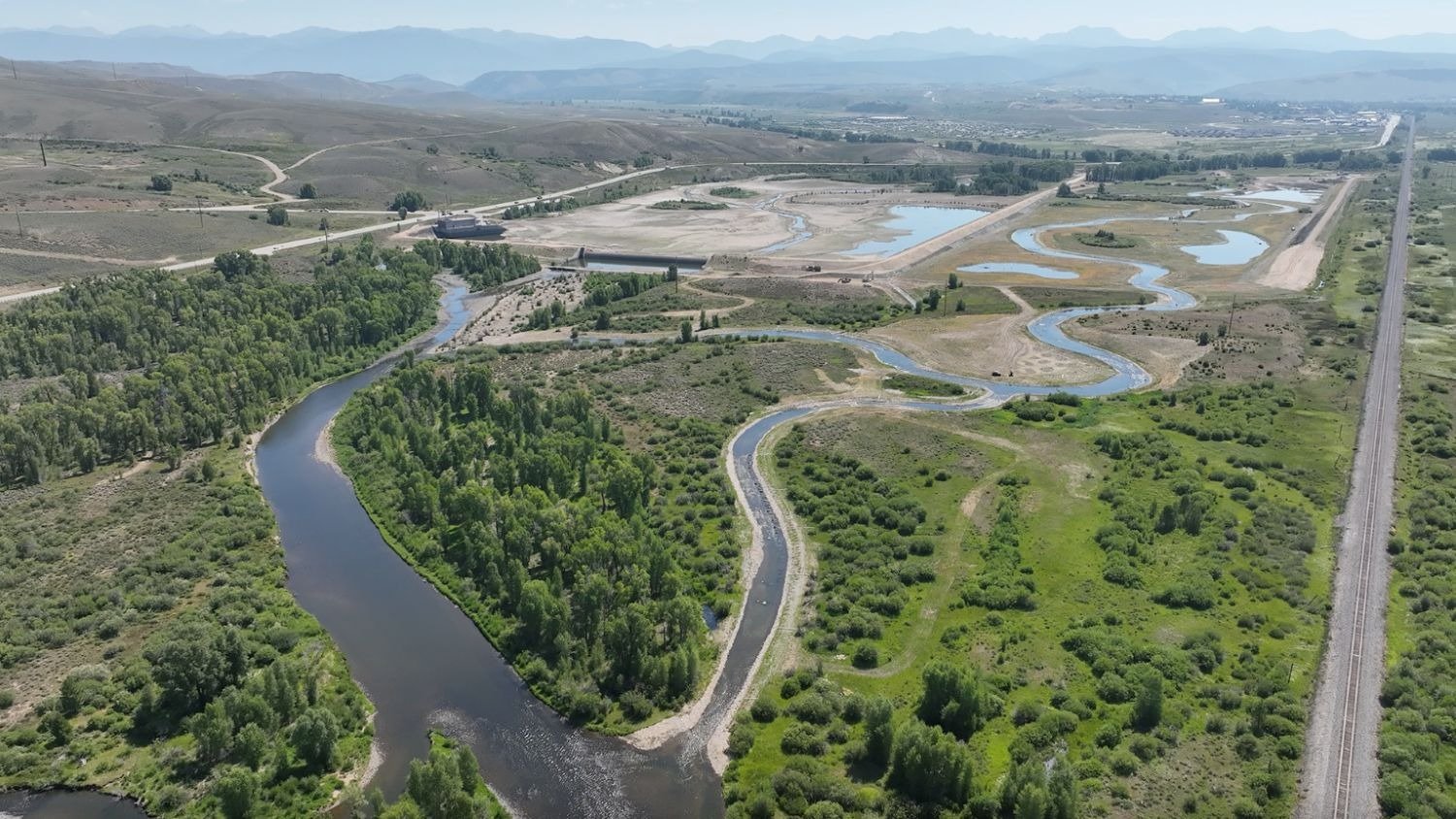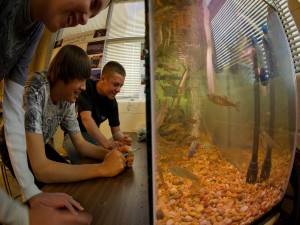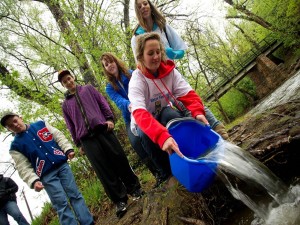The Governor Can Help
Despite a recent agreement, the Upper Colorado and Fraser are still threatened.
On May 15, Denver Water and Grand and Summit counties ratified the Colorado River Cooperative agreement, touted in the Denver Post as a "framework to avoid conflict." Denver Water will kick-in 25 million for water projects in western Colorado and the signers, including Eagle county, won't oppose DW's expansion of gross reservoir and will have a say in future water projects that affect the west slope.
The following is the text of a letter by Mely Whiting, a staff attorney for Trout Unlimited's Colorado Water Project, that was recently published as a Denver Post e-letter.
Denver Water and Western Slope water stakeholders deserve credit for forging this cooperative agreement, a new, collaborative approach to managing our water that recognizes the value of protecting our natural resources while meeting our water needs.
But let’s remember that the Upper Colorado and Fraser rivers remain on the brink of ecological collapse. Two looming diversion projects — Denver Water’s Moffat Tunnel expansion and Northern Colorado Water Conservancy District’s Windy Gap Firming Project — collectively will take another 15-20 percent of the already depleted flows of the Upper Colorado. The Moffat expansion will leave less than 25 percent of the Fraser River flows.
The cooperative agreement does not address the impacts of those two major projects. The fact is, these rivers will continue to decline unless they receive additional protections, as the state’s own recent studies attest. As long as adequate protections are not provided, opposition to the projects will continue.
Gov. John Hickenlooper should use his influence and the good will generated by this agreement to finish the job of protecting the Upper Colorado.
Mely Whiting, Denver
Help ensure that the Upper Colorado River gets the help - and the water - it deserves. Visit: Defend The Colorado.org/












